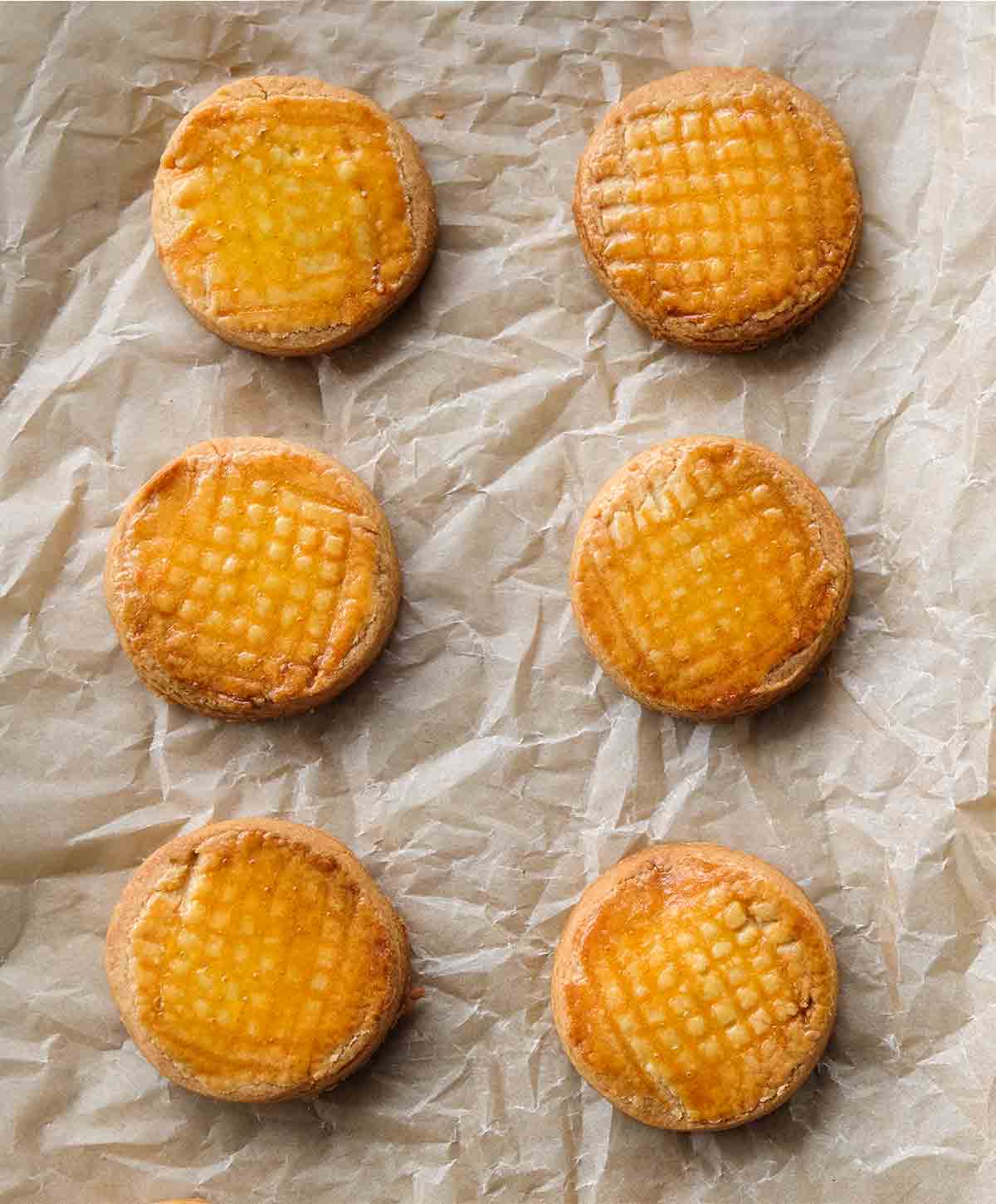
These thick, buttery shortbread cookies hail from Brittany in the northwest of France where butter is king! Breton butter owes its excellent taste to the milk it’s made from and it is often salted. For these cookies, use the best quality butter you can get your hands on—“European Style” if you can. European butter typically has higher butterfat content than that in other countries (82% or more) and produces better tasting baked goods, especially ones with very few ingredients like this. Though the butter is salted, you’ll still want that extra pinch of sea salt—trust me!—Mardi Michels
Sablés Breton FAQs
You might be familiar with the word if you’ve ever made pâte sablée, the French shortcrust pastry that makes some of the best pies in the world. Sablé means “sandy” and they, in fact, have a fine, crumbly, flaky texture that melts in the mouth. Breton, by the way, is a nod to the cookie’s place of origin in Brittany, France.
You can make the dough, shape it, and freeze it until a later date. When you’re ready for cookies, let the dough thaw (still wrapped). When thawed, roll out and proceed from step 5.
More Shareable Christmas Cookie Recipes
Fig, Apricot, and Pistachio Biscotti
1 hr 15 mins
No-Bake Snowballs
10 mins
Cranberry Pistachio Biscotti
1 hr 45 mins
Write a Review
If you make this recipe, or any dish on LC, consider leaving a review, a star rating, and your best photo in the comments below. I love hearing from you.–David
Want to Save This?
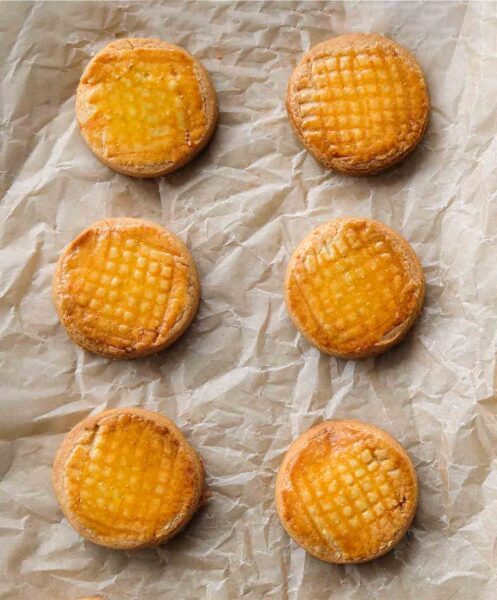
Sablés Breton
Ingredients
For the sablés
- 1/4 cup granulated sugar
- 6 tablespoons (3 oz) European-style (fat content 82-83%) salted butter, at room temperature
- 1/4 teaspoon flaky sea salt
- 1 large egg yolk
- 1 teaspoon vanilla extract
- 1 cup all-purpose flour, plus extra for dusting the work surface
For the egg wash
- 1 large egg, lightly beaten
- 1 tablespoon heavy cream or milk
Instructions
Make the sablés
- Preheat the oven to 375°F (190˚C). Line two rimmed baking sheets with parchment paper.
- In a large bowl using an electric hand mixer, or in a stand mixer fitted with the paddle attachment, beat the sugar, butter, and salt on medium speed until light and fluffy, about 3 minutes.
- Add the egg yolk and vanilla and continue to mix on medium speed until fully incorporated. The mixture may look slightly curdled but just keep mixing!
- Add the flour and continue to mix on low speed until the dough just starts to come together, 1 to 2 minutes. It should hold together if you squeeze it between your fingers.
- Place the dough on a lightly floured work surface. Bring the dough together in a ball, then flatten it slightly to make a disk. If the edges are cracking, pinch them together with your fingers.
- Roll the dough out until it's about 1/4-inch (6-mm) thick. Using a 2-inch (5 cm) round cookie cutter, cut as many cookies as you can. Re-roll the remaining dough and cut into rounds. You should have about 20 cookies.
☞ TESTER TIP: These cookies don’t require a rest but if you’re working in a warm kitchen or climate, the dough might benefit from a spell in the fridge. Chill dough for a few minutes after you’ve rolled it out but before you cut out the cookies.
- Using an offset spatula if necessary, lift and place the cookies on the prepared baking sheets, spaced 1 inch (2.5 cm) apart.
Make the egg wash
- In a small bowl, whisk together the egg and cream or milk.
- Use the tines of a fork to make a cross-hatch pattern on the cookies (drag the tines vertically then horizontally across the top of the cookies). Brush the tops of the cookies carefully with the egg wash (don’t let it drip down the side as it will prevent the cookies from rising).
- Bake the cookies until golden on top, 13 to 16 minutes.
- Remove the cookies from the oven, place them on a wire cooling rack and let cool to room temperature before serving.

Explore More with AI
Nutrition
Nutrition information is automatically calculated, so should only be used as an approximation.
Recipe Testers’ Reviews
Select a Tester
These sablés Breton were incredibly fast and easy to make. They were delicate with a perfect balance of salty and slightly sweet. I would make these for an afternoon tea or to accompany an after-dinner drink. Since there are few ingredients, the cookies are as good as the quality of butter and salt that is used.
With only 4 ingredients, these buttery biscuits are tastier when they are prepared with high-fat butter (I used butter from the Azores, with 82% fat), so it is very important to find good butter for this purpose. They are very easy and quick to prepare and even quicker to eat!
This is a nice little butter cookie that can be quickly and easily made. Though the end result is simple, this recipe has less fuss and waiting than many other cookies (no chilling dough!), a small ingredient list, and the sablés keep surprisingly well in an airtight container.
I recommend a sprinkle of flaked sea salt on top of the wash before baking. If you are sending someone cookies for the holidays, these sablés will travel well and arrive still delicious. If the dough seems a touch too dry/crumbly when turning onto a flat surface, a few gentle turns of kneading will help to create a cohesive dough.
This sablés Breton recipe is easier in the sense that you don’t have to refrigerate the dough before using. If you have a particularly hot kitchen, then you might want to refrigerate a little after you roll the dough. Because the dough is pretty hardy (has a lot of butter for tenderness), it can take a lot of handling.
If you want to make these even more easily, you could use a small scooper to help you get uniform balls, place the balls on the cookie sheet, and use a smooth glass to press it down to 1/4 inch.

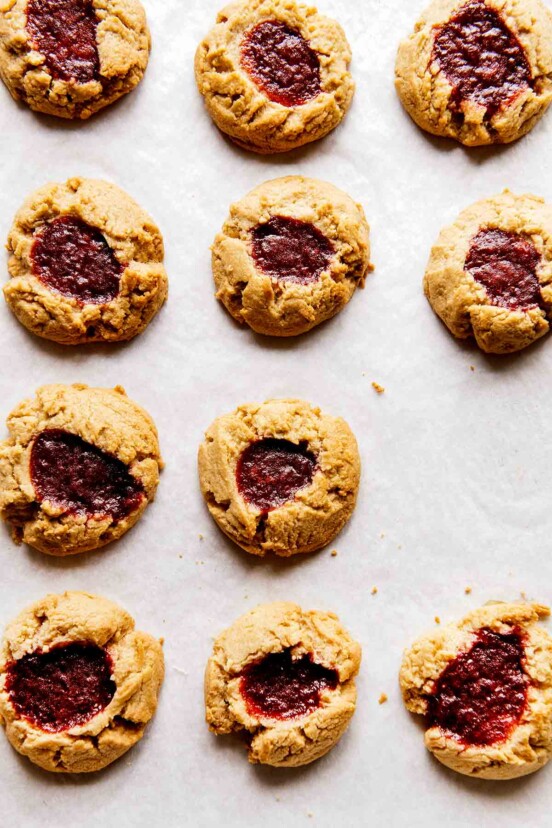
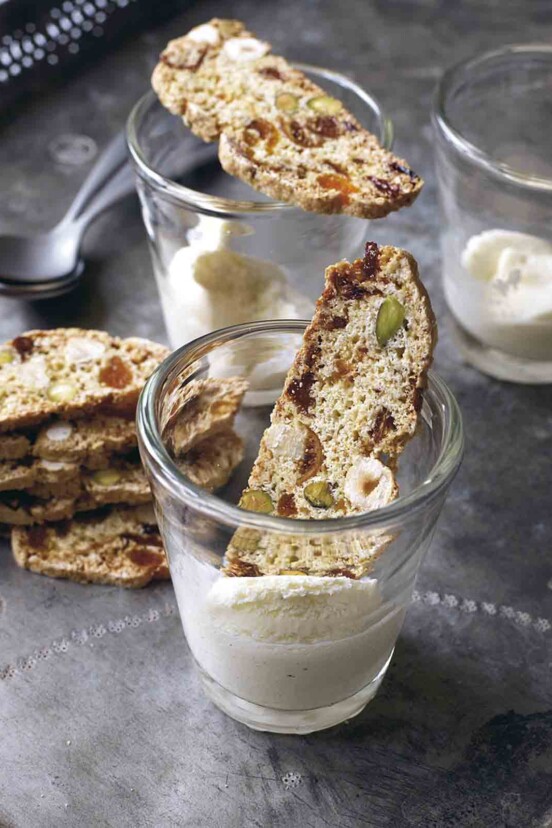
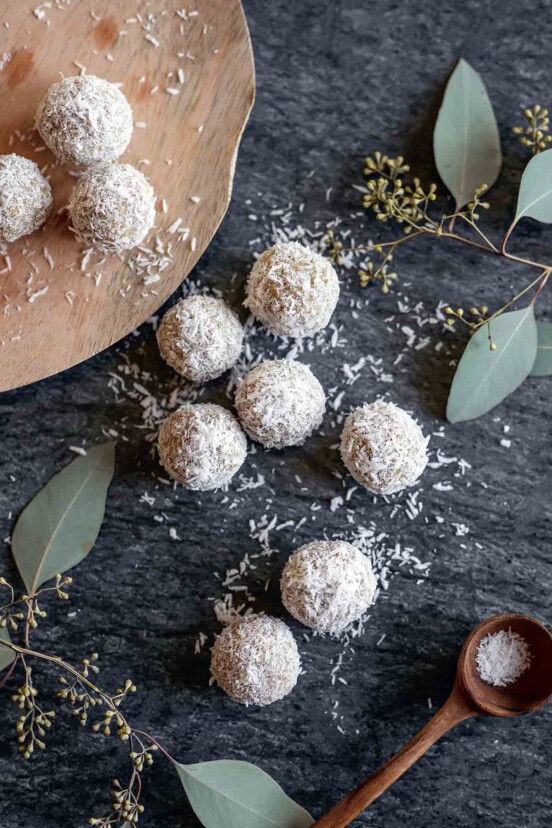
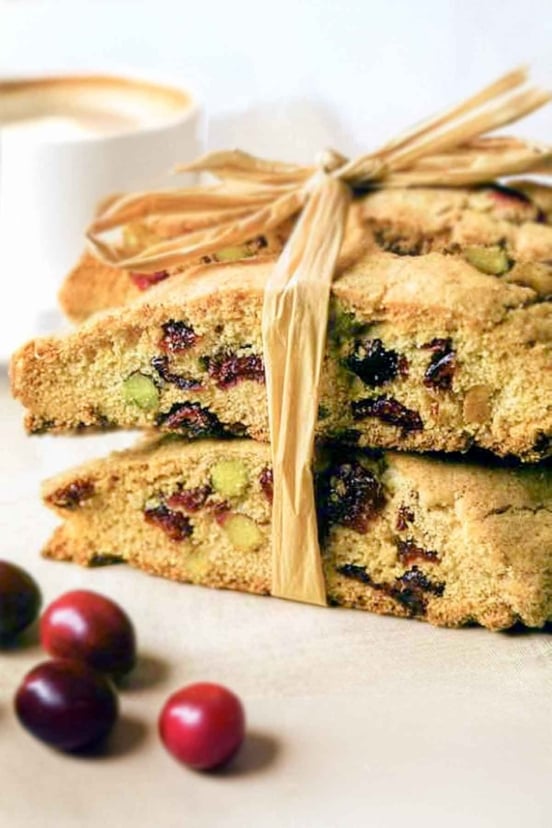












The best ‘Vanilla Cookies’ of all time you must taste at least once in your life. So buttery, so flaky? and yes, the right choice for your vanilla cookie cravings?
Thanks, Melek. Those look perfect!
Thanks so much, dear Angie???
You’re welcome, Melek.
Melek, you’re an artist!!!
Make them faster and easier like Dorie Greenspan by rolling the entire lump of dough out into a rustic slab and baking it intact for people to break off their own Chunk-O’-Goodness. But don’t even think about skipping the forked texture or egg wash. They’re part and parcel of the charm. The favor, however, is entirely its own!
Thanks, Rainey.